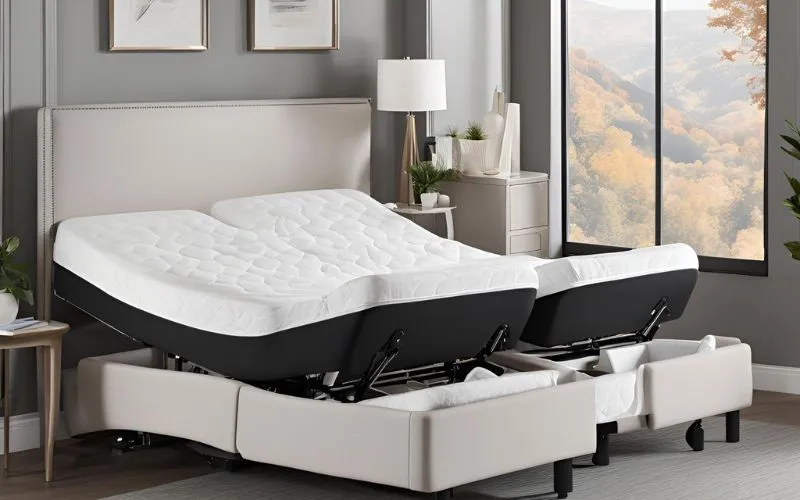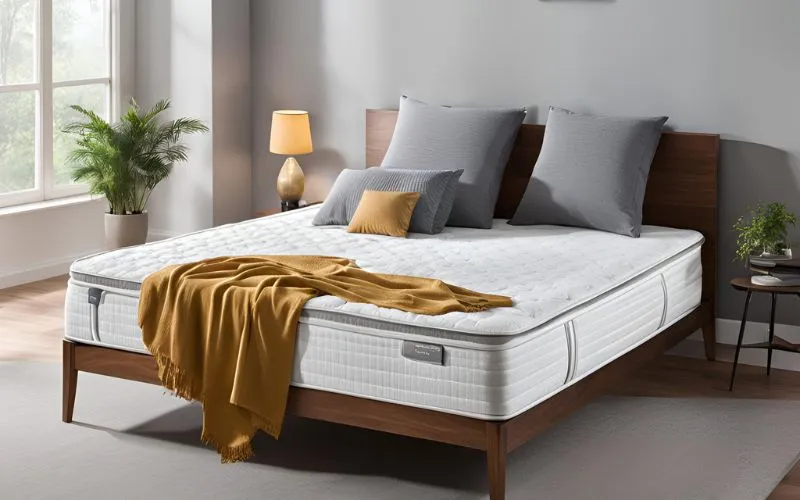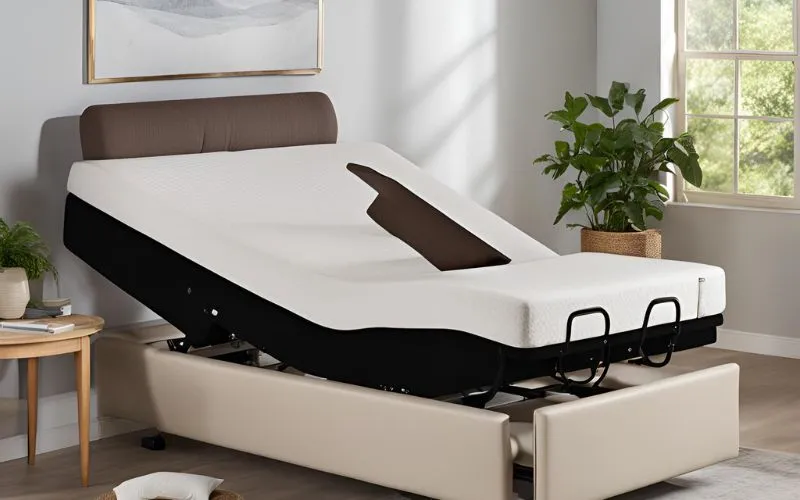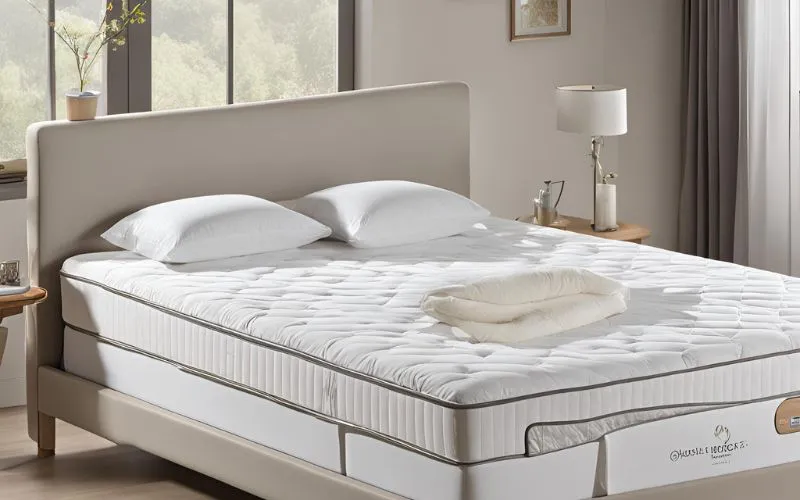Rehabilitation Essentials: Adjustable Beds for Rehabilitative Purposes
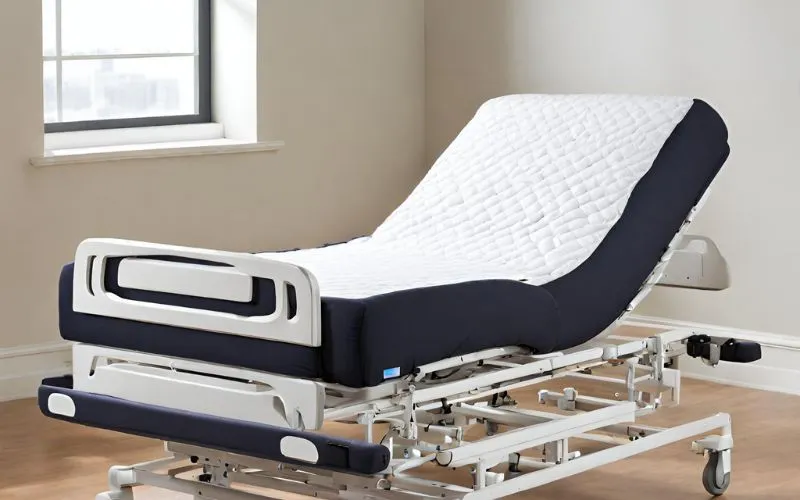
Introduction
Adjustable beds are a revolutionary solution for rehabilitation processes, offering a myriad of benefits and versatility. These innovative beds provide customizable support and comfort, catering to various medical needs. In this article, we will explore the extensive advantages of adjustable beds, considerations for selecting the most suitable option, different types available, and guidelines for using them effectively during rehabilitation.
Benefits of Adjustable Beds for Rehabilitation
Improved Comfort and Support
Adjustable beds greatly enhance comfort and support during rehabilitation, promoting optimal relaxation and aiding recovery. These beds provide customizable positions and firmness levels, accommodating individual preferences and medical requirements. Their ergonomic design contributes to improved body alignment, reducing pressure points and ensuring a restful sleep environment.
Customization for Different Therapies
Adjustable beds offer a wide range of customization options to support various therapeutic interventions. These customization features play a crucial role in enhancing the rehabilitation experience and promoting better health outcomes. Here are some key points to consider:
- Respiratory Therapy: Elevating the upper body can significantly improve respiratory functions in individuals undergoing rehabilitation. This position helps in reducing respiratory effort, enhancing lung capacity, and promoting better oxygenation.
- Circulatory Therapy: Adjusting leg positions on the adjustable bed can effectively aid in improving circulation. Elevating the legs promotes venous return, reduces swelling, and prevents blood clots, especially for individuals with limited mobility.
- Pressure Relief: Customizable bed positions provide the opportunity to relieve pressure on specific areas of the body, which is particularly beneficial for individuals with restricted mobility or those at risk of pressure ulcers.
- Pain Management: The ability to adjust the bed to suit individual comfort levels can contribute to effective pain management strategies, offering relief for musculoskeletal conditions or post-operative discomfort.
Independence and Mobility Support
Adjustable beds play a crucial role in supporting independence and mobility for individuals undergoing rehabilitation. The ability to adjust bed positions effortlessly enables patients to experience a notable improvement in their comfort levels and mobility, without the need for external assistance. This autonomy is pivotal in fostering a sense of empowerment and promoting active participation in the recovery process.
- Enhanced Comfort: The adjustable nature of the beds allows patients to find the most comfortable position for resting, thereby reducing discomfort and promoting better sleep quality, essential for the healing process.
- Promotes Independence: By offering the freedom to manage their bed positions without aid, patients regain a sense of control over their immediate environment, which is conducive to their overall well-being and recovery.
- Encourages Mobility: The capability to adjust bed positions easily provides patients with the opportunity to engage in movements that support their rehabilitation, fostering increased mobility and gradual progress towards recovery.
- Psychological Empowerment: Independence in adjusting bed positions instills a sense of self-reliance and empowerment, positively impacting the mental and emotional state of individuals undergoing rehabilitation.
Considerations When Choosing an Adjustable Bed
Medical Needs and Conditions
Medical Needs and Conditions
- When selecting an adjustable bed for rehabilitation purposes, it is vital to consider the specific medical needs and conditions of the individual.
- Factors such as:
- Mobility limitations
- Existing medical conditions
- Recommended therapeutic postures
- These factors should inform the choice of bed features, including:
- Adjustability options
- Support mechanisms
- Additionally, considerations might include:
- Pressure relief
- Temperature regulation
- Assistance with repositioning
- The bed should be chosen to cater to the specific medical needs and conditions in order to provide the best support and comfort for rehabilitation.
Safety Features and Accessibility
Safety Features and Accessibility
- When choosing an adjustable bed, it is crucial to consider a range of safety features and accessibility aspects to ensure the well-being and comfort of the user.
- Side Rails:One of the key safety features to look for in an adjustable bed is the presence of sturdy and reliable side rails. These rails provide support and prevent the user from accidentally rolling off the bed, especially during positioning adjustments.
- Locking Mechanisms: The inclusion of secure locking mechanisms is essential for maintaining the bed’s stability and preventing unintended movements. Locking systems ensure that the bed remains in the desired position, minimizing the risk of unexpected shifts that could cause discomfort or potential injury.
- Ease of Adjustment: An important aspect of accessibility is the ease of adjustment offered by the bed. Smooth and intuitive adjustment controls enable users to modify the bed’s positioning without difficulty, promoting independence and convenience.
- Emergency Features: Consideration should also be given to emergency features, such as backup power options, to ensure continuous functionality in unforeseen circumstances, providing peace of mind for both the user and caregivers.
- Easy Entry and Exit: Accessibility is further enhanced by features that facilitate easy entry and exit, reducing strain and potential hazards for individuals with mobility challenges.
- Accessory Integration: The ability to integrate accessories, such as ergonomic handrails and additional support fixtures, adds versatility and customization options to meet the specific needs of the user.
Size and Design Considerations
When selecting an adjustable bed for rehabilitation, it’s crucial to carefully consider the size and design aspects to ensure optimal functionality and comfort. Here’s a detailed exploration of the key size and design considerations:
- Bed Dimensions: The dimensions of the bed should be compatible with the available space in the rehabilitation facility. It’s essential to measure the space accurately and choose a bed that fits seamlessly while allowing ample room for movement.
- User Comfort:The design of the bed should prioritize user comfort and support. This includes considering the type of mattress, adjustable features, and ergonomic support to enhance the overall experience for patients.
- Caregiver Accessibility: The design should also facilitate ease of access and movement for caregivers and medical professionals. This can involve features such as adjustable height, easy maneuverability, and accessibility to necessary medical equipment.
- Aesthetic Integration: While functionality is paramount, the design of the bed should also integrate seamlessly with the existing environment. The aesthetic appeal, color scheme, and overall design should create a comforting and non-intrusive atmosphere.
Types of Adjustable Beds for Rehabilitation
Manual Adjustable Beds
Manual adjustable beds are a cost-effective and versatile option for rehabilitation. They are designed to offer adjustable features through hand-operated mechanisms, providing essential support and customization. These beds are particularly suitable for individuals with varying rehabilitation needs and preferences.
Electric Adjustable Beds
Electric adjustable beds are designed with user-friendly electric controls, enabling effortless adjustment of different bed sections. Their seamless adjustability and ergonomic design contribute to enhanced user experience, making them an optimal choice for individuals requiring advanced support and convenience during rehabilitation.
Specialized Therapeutic Beds
Specialized Therapeutic Beds
- Specialized therapeutic beds are designed to cater to the specific needs of individuals with complex medical conditions and rehabilitation requirements.
- These beds are equipped with advanced features and technologies to provide targeted therapy modes, pressure relief functions, and precise positioning options.
- They are specifically tailored to address a wide range of medical conditions, including but not limited to:
- Chronic pain management
- Pressure ulcer prevention and treatment
- Rehabilitation after surgery or injury
- Respiratory conditions such as sleep apnea and COPD
- The comprehensive support offered by specialized therapeutic beds enhances comfort and promotes faster recovery for patients in need of extended bed rest.
- Additionally, these beds are designed to accommodate specific patient requirements, such as bariatric support, reduced edema, and improved circulation.
- Specialized therapeutic beds play a crucial role in enhancing the overall quality of life for individuals with complex medical needs, providing them with a safe and effective sleep environment.
How to Use an Adjustable Bed for Rehabilitation
Proper Setup and Positioning
Proper Setup and Positioning
Proper setup and positioning of an adjustable bed are crucial for effective rehabilitation. Ensuring appropriate alignment and position adjustments based on therapeutic requirements is integral for maximizing the bed’s supportive functions and promoting patient well-being during the recovery process.
- Positioning the bed to minimize strain on specific muscle groups
- Adjusting the bed’s incline to improve circulation and respiratory function
Guidelines for User Comfort and Safety
Guidelines for User Comfort and Safety
- Proper Adjustment Techniques
- Recommended Positions
- Safety Protocols
When using an adjustable bed for rehabilitation, it is crucial to provide comprehensive guidelines for user comfort and safety. This ensures that users have a safe and supportive environment for their rehabilitation. Below are detailed guidelines to enhance user experience:
- Proper Adjustment Techniques:
- Explain the process of adjusting the bed to meet the specific needs of the user.
- Provide examples of different adjustment settings for various rehabilitation purposes.
- Recommended Positions:
- Discuss the optimal positions for different stages of rehabilitation and specific medical conditions.
- Include guidelines for proper head, back, and leg positioning based on individual needs.
- Safety Protocols:
- Outline safety measures for preventing falls and discomfort during bed adjustments.
- Highlight the importance of using bed rails and ensuring stability for user safety.
Conclusion
In conclusion, adjustable beds serve as indispensable aids for rehabilitation, offering multifaceted benefits and adaptable features. Their ability to enhance comfort, customize therapeutic support, and promote independence makes them invaluable assets in facilitating effective recovery. By considering individual medical needs, prioritizing safety features, and selecting the most suitable type, adjustable beds can significantly augment the rehabilitation process, fostering improved well-being and enhanced quality of life.
